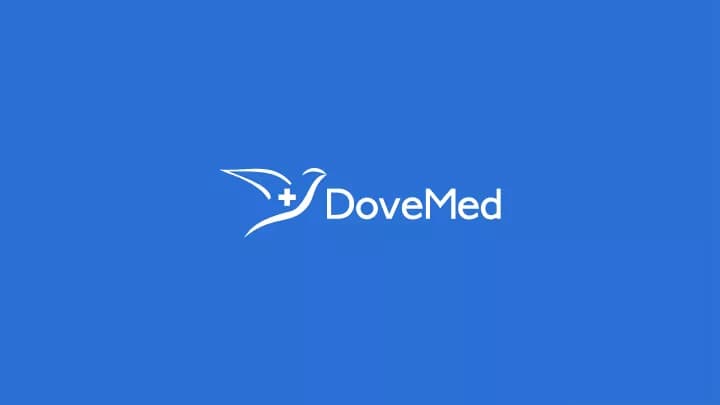Introduction:
Lissencephaly is a rare neurological condition that affects the development of the brain. It is characterized by the absence or incomplete formation of the normal folds and grooves on the surface of the brain, resulting in a smooth appearance. This article provides an overview of lissencephaly, including its causes, types, symptoms, methods of diagnosis, and available treatment options.
Causes:
Lissencephaly is primarily caused by genetic mutations or abnormalities that disrupt the normal development of the brain. Some known causes include:
- Genetic mutations: Mutations in genes such as LIS1, DCX, TUBA1A, and RELN have been associated with lissencephaly.
- Chromosomal abnormalities: Certain chromosomal disorders, such as Miller-Dieker syndrome, are linked to lissencephaly.
- Prenatal factors: In some cases, lissencephaly can result from prenatal infections, maternal drug use, or other environmental factors that affect brain development.
Types:
Lissencephaly is classified into different types based on the severity and genetic cause. The main types include:
- Classic lissencephaly (Type I): This is the most severe form and is typically caused by mutations in the LIS1 gene.
- Cobblestone lissencephaly (Type II): This form is characterized by a bumpy or cobblestone-like brain surface and is associated with mutations in genes like RELN and FCMD.
- Subcortical band heterotopia (Type IIb): This type involves a band of gray matter located beneath the brain cortex.
Symptoms:
The symptoms of lissencephaly can vary depending on the severity and type of the condition. Common symptoms include:
- Developmental delays: Delays in motor skills, speech, and cognitive development.
- Intellectual disability: Difficulties with learning, problem-solving, and intellectual functioning.
- Seizures: Recurrent seizures that may be difficult to control with medication.
- Muscle stiffness or weakness: Abnormal muscle tone, including hypotonia (low muscle tone) or hypertonia (high muscle tone).
- Feeding difficulties: Challenges with feeding and swallowing due to muscle coordination issues.
Diagnosis:
The diagnosis of lissencephaly typically involves:
- Neuroimaging: Magnetic resonance imaging (MRI) is the primary imaging tool to assess the brain's structure and identify the smooth brain surface characteristic of lissencephaly.
- Genetic testing: Genetic tests can help identify specific gene mutations associated with lissencephaly, which can assist in determining the type and prognosis.
Treatment:
Unfortunately, there is no cure for lissencephaly, and treatment focuses on managing symptoms and providing supportive care. Treatment options may include:
- Seizure management: Medications or other interventions to control seizures.
- Physical and occupational therapy: Therapies aimed at improving motor skills, muscle strength, and mobility.
- Speech and communication therapy: Strategies to enhance speech and language development.
- Special education services: Individualized educational programs to support learning and cognitive development.
- Supportive care: Addressing feeding difficulties, respiratory issues, and other associated medical conditions.
Conclusion:
Lissencephaly is a rare brain disorder characterized by the absence of normal brain folds and a smooth brain surface. Early diagnosis and intervention can help manage symptoms and provide appropriate support for individuals with lissencephaly. If you suspect lissencephaly or notice developmental delays in your child, it is crucial to consult with healthcare professionals for a comprehensive evaluation and guidance on available treatment options.
Hashtags: #Lissencephaly #SmoothBrain #BrainDisorder
Related Articles
Test Your Knowledge
Asked by users
Related Centers
Related Specialties
Related Physicians
Related Procedures
Related Resources
Join DoveHubs
and connect with fellow professionals




0 Comments
Please log in to post a comment.